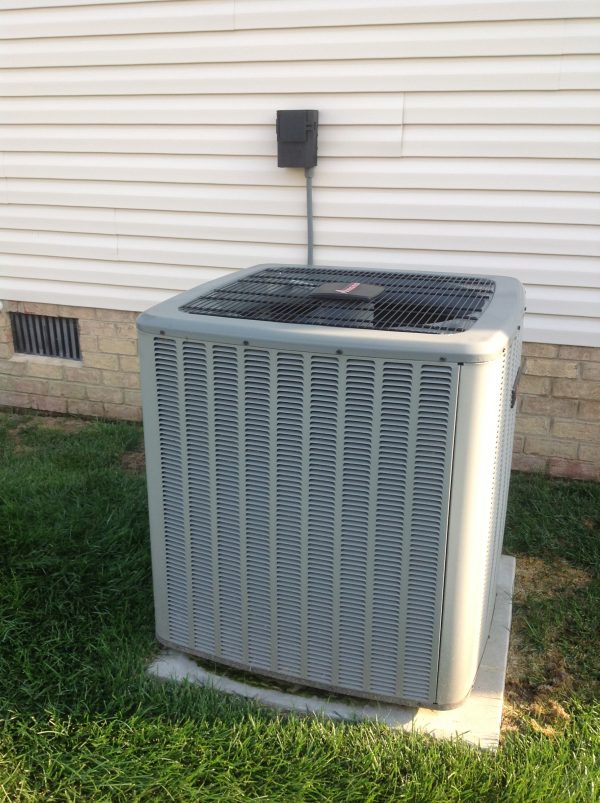
Geothermal heating systems use the earth as a heat source and heat sink. A series of pipes, commonly called a “loop,” connect the geothermal system’s heat pump to the earth. There are two basic types of loops: closed and open.
Below is a breakdown of the different types of geothermal systems:
Open Loop Systems
The simplest of geothermal heating systems, open loop systems have been used successfully for decades. Ground water is drawn from an aquifer through one well, passes through the heat pump’s heat exchanger, and is discharged to the same aquifer through a second well at a distance from the first.
Generally, two to three gallons per minute per ton of capacity are necessary for effective heat exchange.
Since the temperature of ground water is nearly constant throughout the year, open loops are a popular option in areas where they are permitted.
Closed Loop Systems
Water (or a water and antifreeze solution) is circulated through a continuous buried pipe. The length of loop piping varies depending on ground temperature, thermal conductivity of the ground, soil moisture, and system design. Some heat pumps work well with larger inlet temperature variations, which allows marginally smaller loops.
Horizontal Closed Loop
Generally the most cost-effective for small installations, horizontal closed loop works best particularly in new construction where sufficient land area is available.
This type of geothermal heat installation involves burying pipe in trenches dug with backhoes or chain trenchers. Up to six pipes, usually in parallel connections, are buried in each trench, with minimum separations of a foot between pipes and ten to fifteen feet between trenches.
Ready to start your Geothermal System?
Find ProsVertical Closed Loops
Vertical closed loops are the preferred geothermal heat system for many situations. Vertical loops are used when the soil is too shallow for trenching and to minimize the disturbance to existing landscaping.
For vertical closed loop systems, a U-tube (and, rarely, two U-tubes) is installed in a well drilled 100 to 400 feet deep. Because conditions in the ground may vary greatly, loop lengths can range from 130 to 300 feet per ton of heat exchange. Multiple drill holes are required for most installations, where the pipes are generally joined in parallel or series-parallel configurations.
Slinky loops
Increasingly, slinky loops–or overlapping coils of polyethylene pipe–are used to increase the heat exchange per foot of trench. But this does require more pipe per ton of capacity. The trench length decreases as the number of pipes in the trench increases, or as Slinky coil overlap increases.
Pond Closed Loops
A pond closed loop is a special kind of closed loop system. Where there is a pond or stream that is deep enough and with enough flow, closed loop coils can be placed on the pond bottom. Fluid is pumped in the same manner as a conventional closed loop ground system where conditions are suitable. The economics of this geothermal heat method are very attractive, and no aquatic system impacts have been shown.
What is the cost of geothermal energy, and heating and cooling system installation? Reference our True Cost Guide for average prices.
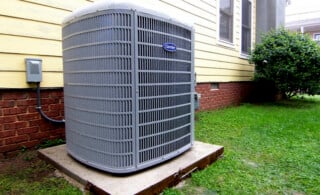 Air Conditioner Condenser Coil Costs, Repairs & Replacements
Air Conditioner Condenser Coil Costs, Repairs & Replacements 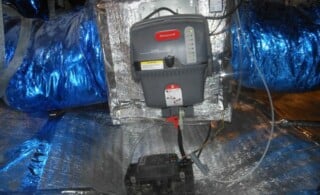 Whole House Humidifiers
Whole House Humidifiers 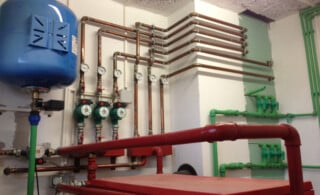 Choosing Green: Boilers and Radiator Heating Systems
Choosing Green: Boilers and Radiator Heating Systems 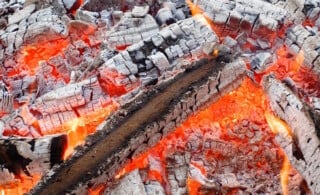 Consider Wood-Burning Furnaces
Consider Wood-Burning Furnaces  Outdoor Heaters: a Refuge from the Cold
Outdoor Heaters: a Refuge from the Cold 

I think I need to know more about these different systems, I’m needing full understanding…